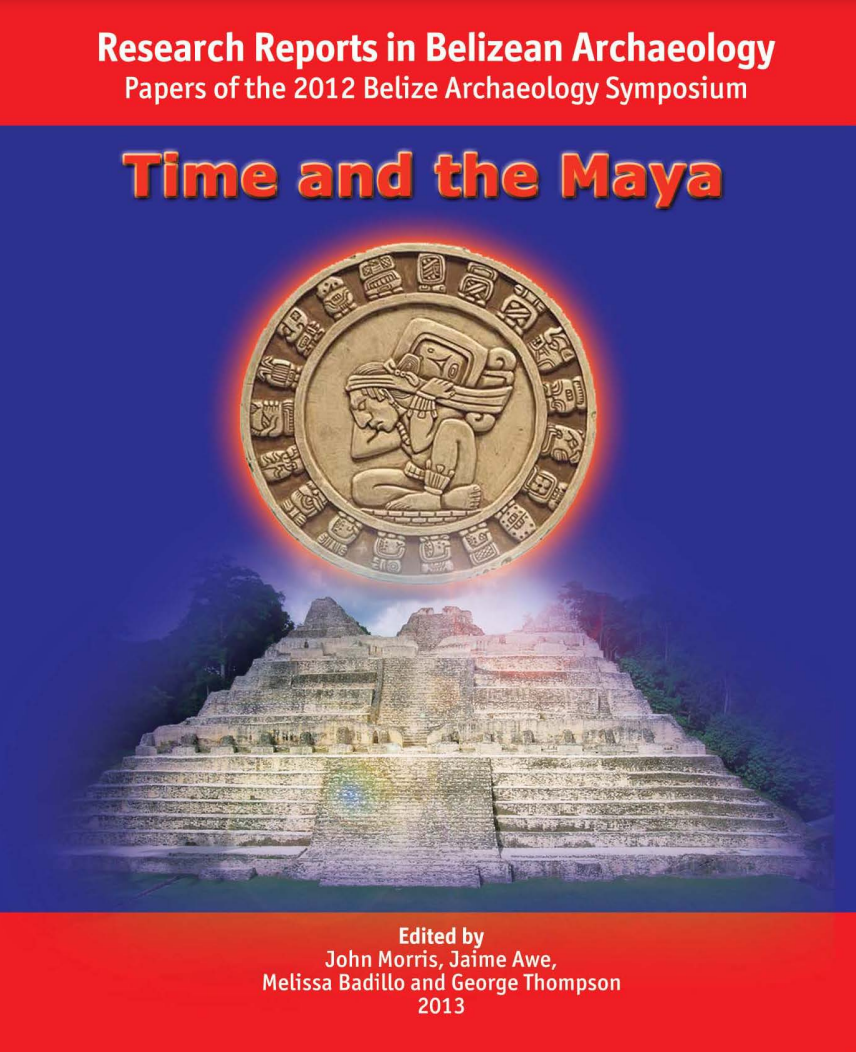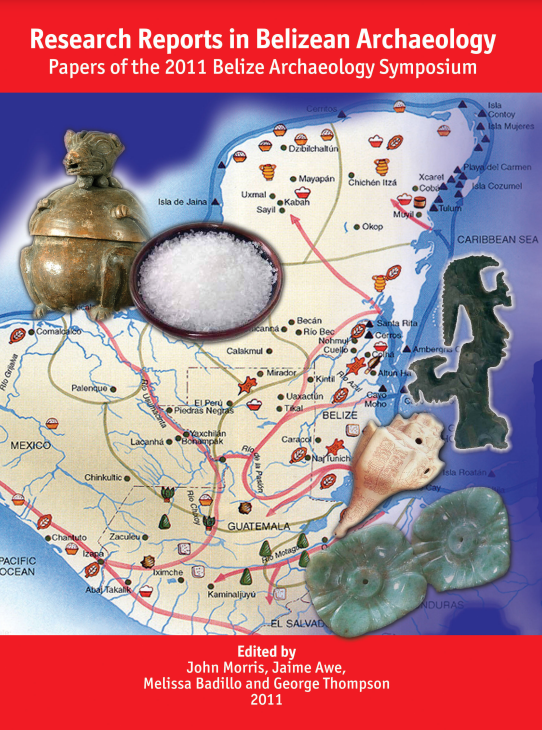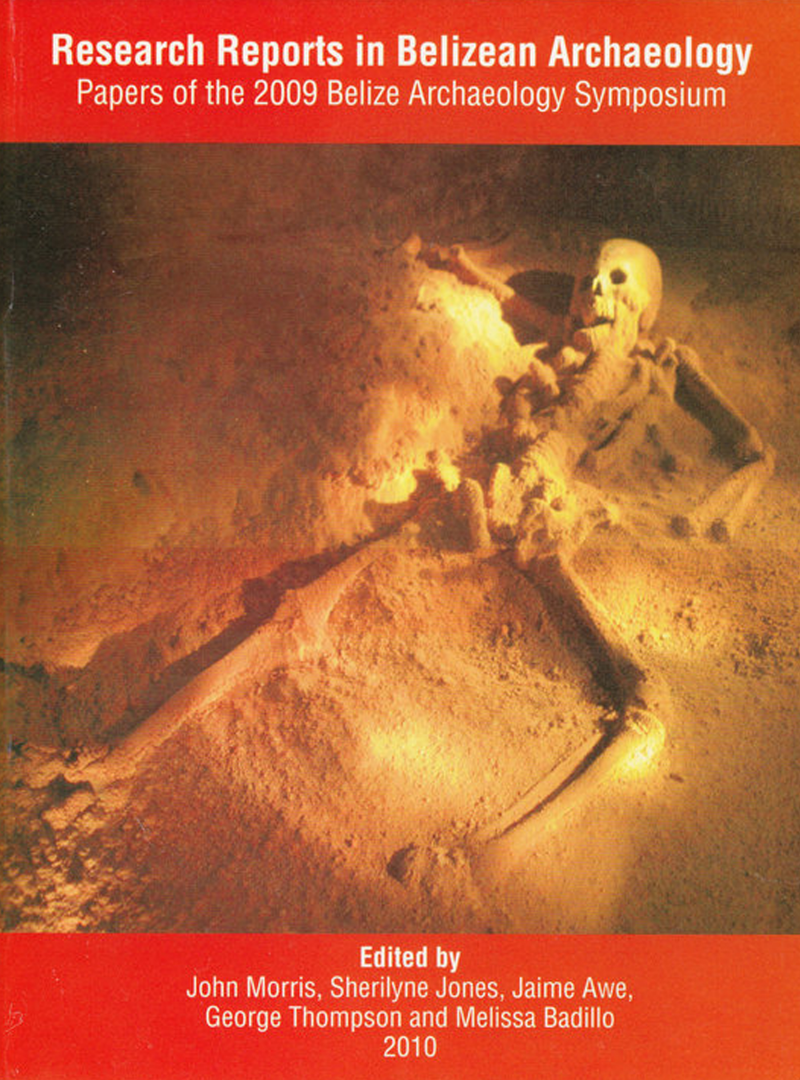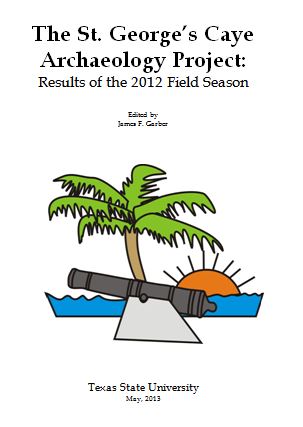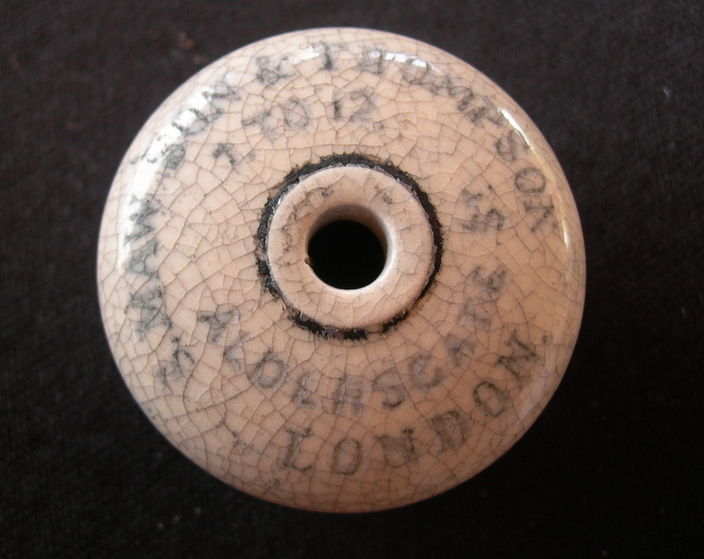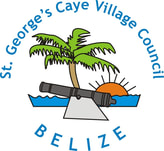ST GEORGE'S CAYE ARCHAEOLOGY PROJECT
In 2009 the St. George's Caye Archaeology Project was launched by Dr. Jim Garber from Texas State University at San Marcos in collaboration with Dr. Jaime Awe from the Belize Institute of Archaeology, Dr. Lauren Sullivan from Boston University and the St. George's Caye Village Council. Each year in July the archaeology program is underway trying to uncover secrets from Belize's important historical settlement on St. George's Caye. Each year the results are presented at the annual Belize Archaeology Symposium and Dr Garber submits Annual Reports of the field season. Grad students are also completing their Master's thesis requirements by focusing on specific aspects of the project. Images of the items recovered during the field season are also presented below.

